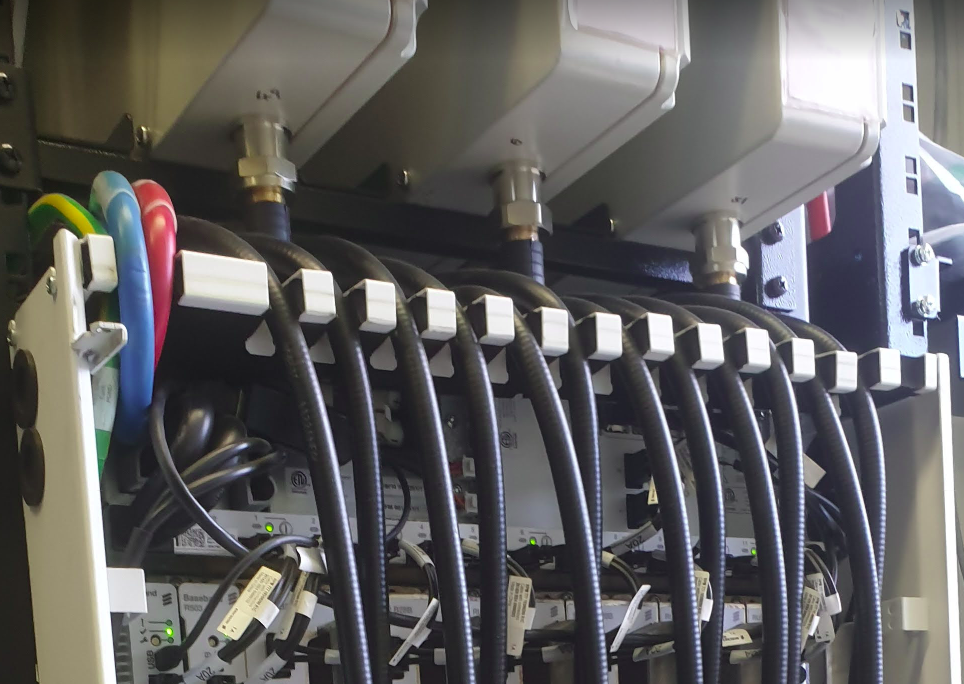Recently I’ve been wrapping my head around Cell Broadcast in LTE, and thought I’d share my notes on 3GPP TS 38.413.
The interface between the MME and the Cell Broadcast Center (CBC) is the SBc interface, which as two types of “Elementary Procedures”:
- Class 1 Procedures are of the request – response nature (Request followed by a Success or Failure response)
- Class 2 Procedures do not get a response, and are informational one-way. (Acked by SCTP but not an additional SBc message).
SCTP is used as the transport layer, with the CBC establishing a point to point connection to the MME over SCTP (Unicast only) on port 29168 with SCTP Payload Protocol Identifier 24.
The SCTP associations between the MME and the CBC should normally remain up – meaning the SCTP association / transport connection is up all the time, and not just brought up when needed.
Elementary Procedures
Write-Replace Warning (Class 1 Procedure)
The purpose of Write-Replace Warning procedure is to start, overwrite the broadcasting of warning message, as defined in 3GPP TS 23.041 [14].
Write-Replace Warning procedure, initiated by WRITE-REPLACE WARNING REQUEST sent by the CBC to the MMEs contains the emergency message to be broadcast and the parameters such as TAC to broadcast to, severity level, etc.
A WRITE-REPLACE WARNING RESPONSE is sent back by the MME to the MME, if successful, along with information as to where it was sent out. CBC messages are unacknowledged by UEs, meaning it’s not possible to confirm if a UE has actually received the message.
The request includes the message identifier and serial number, list of TAIs, repetition period, number of broadcasts requested, warning type, and of course, the warning message contents.
Stop Warning Procedure (Class 1 Procedure)
Stop Warning Procedure, initiated by STOP WARNING REQUEST and answered with a STOP WARNING RESPONSE, requests the MME inform the eNodeBs to stop broadcasting the CBC in their SIBs.
Includes TAIs of cells this should apply to and the message identifier,
Error Indication (Class 2)
The ERROR INDICATION is used to indicate an error (duh). Contains a Cause and Criticality IEs and can be sent by the MME or CBC.
Write Replace Warning (Class 2)
The WRITE REPLACE WARNING INDICATION is used to indicate warning scenarios for some instead of a WRITE-REPLACE WARNING RESPONSE,
PWS Restart (Class 2)
The PWS RESTART INDICATION is used to list the eNodeBs / cells, that have become available or have restarted, since the CBC message and have no warning message data – for example eNodeBs that have just come back online during the period when all the other cells are sending Cell Broadcast messages.
Returns a the Restarted-Cell-List IE, containing the Global eNB ID IE and List of TAI, of the restarted / reconnected cells.
PWS Failure Indication (Class 2)
The PWS FAILURE INDICATION is essentially the reverse of PWS RESTART INDICATION, indicating which eNodeBs are no longer available. These cells may continue to send Cell Broadcast messages as the MME has essentially not been able to tell it to stop.
Contains a list of Failed cells (eNodeBs) with the Global-eNodeB-ID of each.

Hi, I’m very intrigued about cell broadcast capability. I find it hard to find answers to basic questions and reading the 3GPP ref docs is not easy to find answers to specific questions. Here are some of the questions I have that you might consider pointing me or comment on:
* Do you happen to know if the same or similar capability of SMSCB is available in Narrowband devices (NB-IoT/CAT-M1)?
* Are there any commercial uses of SMSCB? FEMA/IPAWS is what I’d call gov’t use
* Are there any worst case propagation time from CBC request to EUs, granted some may not get CB first, second, etc time?
* Is there any information about the likelihood that an EU might not receive a CB msg when known to have good signal, and msg receive enabled? In other words, how reliable are CB msg arrival?
* any good references other than the 3GPP ?
Hey Tim,
Some good questions,
* Do you happen to know if the same or similar capability of SMSCB is available in Narrowband devices (NB-IoT/CAT-M1)?
No Cell Broadcast for NB-IoT, I can’t comment on CatM1 but I’d expect it would work for CatM1 as the core structure is the same as WB-LTE.
* Are there any commercial uses of SMSCB? FEMA/IPAWS is what I’d call gov’t use
Beyond Amber Alerts, Tsunami warnings, etc, Cell Broadcast is sometimes used by operators for promotional messages, mass updating SIM cards, etc. I’m not aware of any commercial operators allowing organisations to leverage cell broadcast for other purposes, but that doesn’t mean it hasn’t happened. There is talk of using Cell Broadcast for sending RTK corrections for geospatial stuff, and other broadcast type data, but I’m not aware of any production uses of this beyond what we’ve tested in the lab.
* Are there any worst case propagation time from CBC request to EUs, granted some may not get CB first, second, etc time?
This depends on the RAN and the UEs, but the SLAed times assuming your timers are set are typically under 2 seconds from the time of sending to delivery to the majority of devices.
* Is there any information about the likelihood that an EU might not receive a CB msg when known to have good signal, and msg receive enabled? In other words, how reliable are CB msg arrival?
The delivery is not ACKed but if the device is behaving as expected and is compliant, within coverage, etc, you’d be looking at 100% success rate if those conditions are met, however not all UEs are listening to these SIBs or will alert the subscriber.
Hi,
Any reason why Cell Broadcast for NB-IoT doesn’t support?